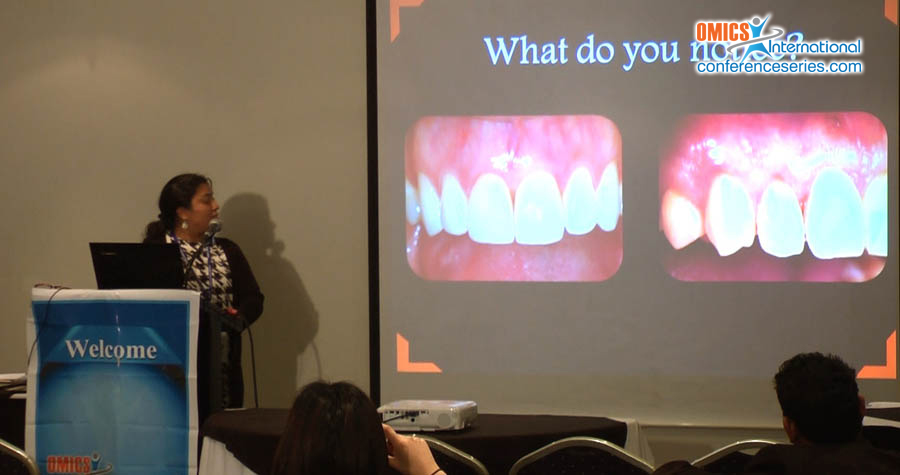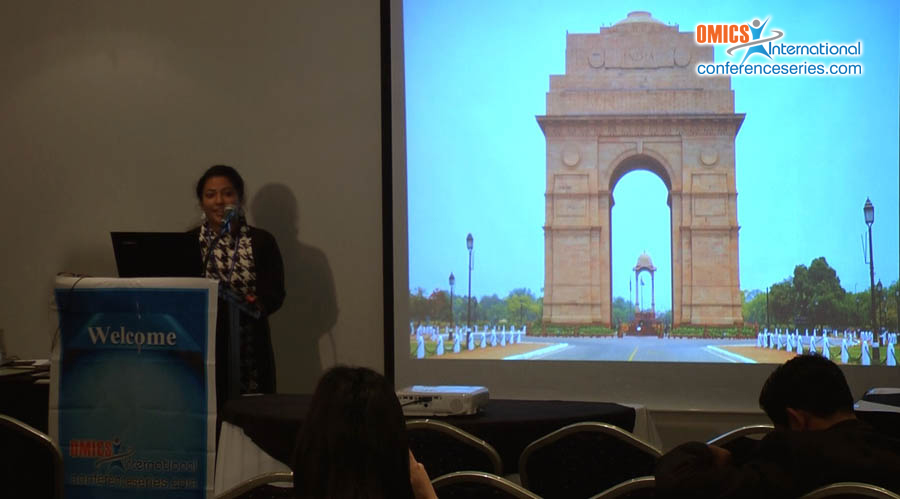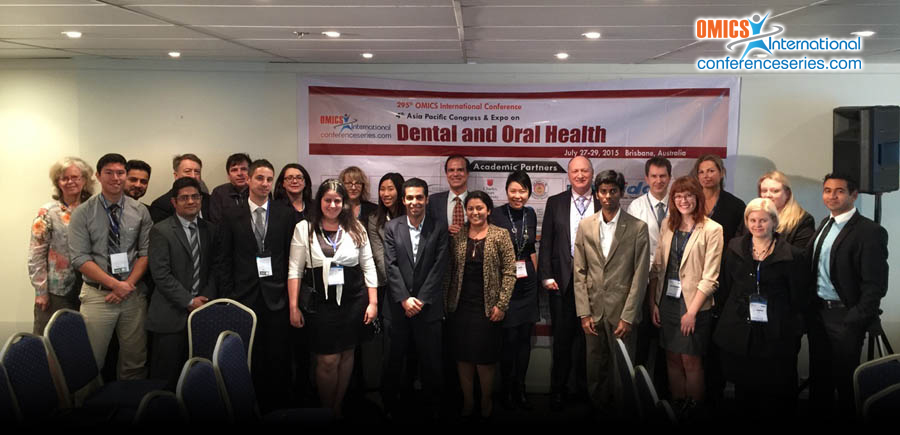
Neha Saksena
SGT University, India.
Title: Ginigival Biotype linked to Racio-ethnicity: Southern region of Asian Subcontinent
Biography
Biography: Neha Saksena
Abstract
An immense variation in and significance of Gingival Biotype (GB) or Gingival Thickness (GT) has been widely recognized in the literature. To begin with, gingival morphology was explained by Ochsenbein and Ross as scalloped (thin) gingiva and flat (thick) gingiva. Later on, Claffey and Shanley defined a thin tissue biotype having GT of ≤ 1.5mm and a thick tissue biotype having ≥ 2mm. India, being a predominant part of the southern region of Asian subcontinent is popularly known as the “Land of Diversityâ€. Among the racial diversity in India, two major racial types identified are the Ancestral North Indians (ANI) corresponding to the Indo-Aryan population of northern India and Ancestral South Indians (ASI) corresponding to the Dravidian population of southern India. Until now, gingival biotype has been assessed in populations belonging to the Caucasian race. A cross-sectional study with a total of 100 periodontally healthy subjects belonging to the two major racio-ethnic groups of India, whose gingival biotype measured by a non-invasive ultrasonographic device were evaluated. The inclusion of individuals was on the basis of individual’s name, place of birth, mother tongue and self identification. The study revealed a thicker biotype in ASI group but it was found to be statistically insignificant. Within the racio-ethic group, a thicker biotype was found in males, older age group and mandibular arch. Gingival Biotype has proven its relevance as a diagnostic and a prognostic factor prior to any esthetic procedure and thus further research is necessary.



